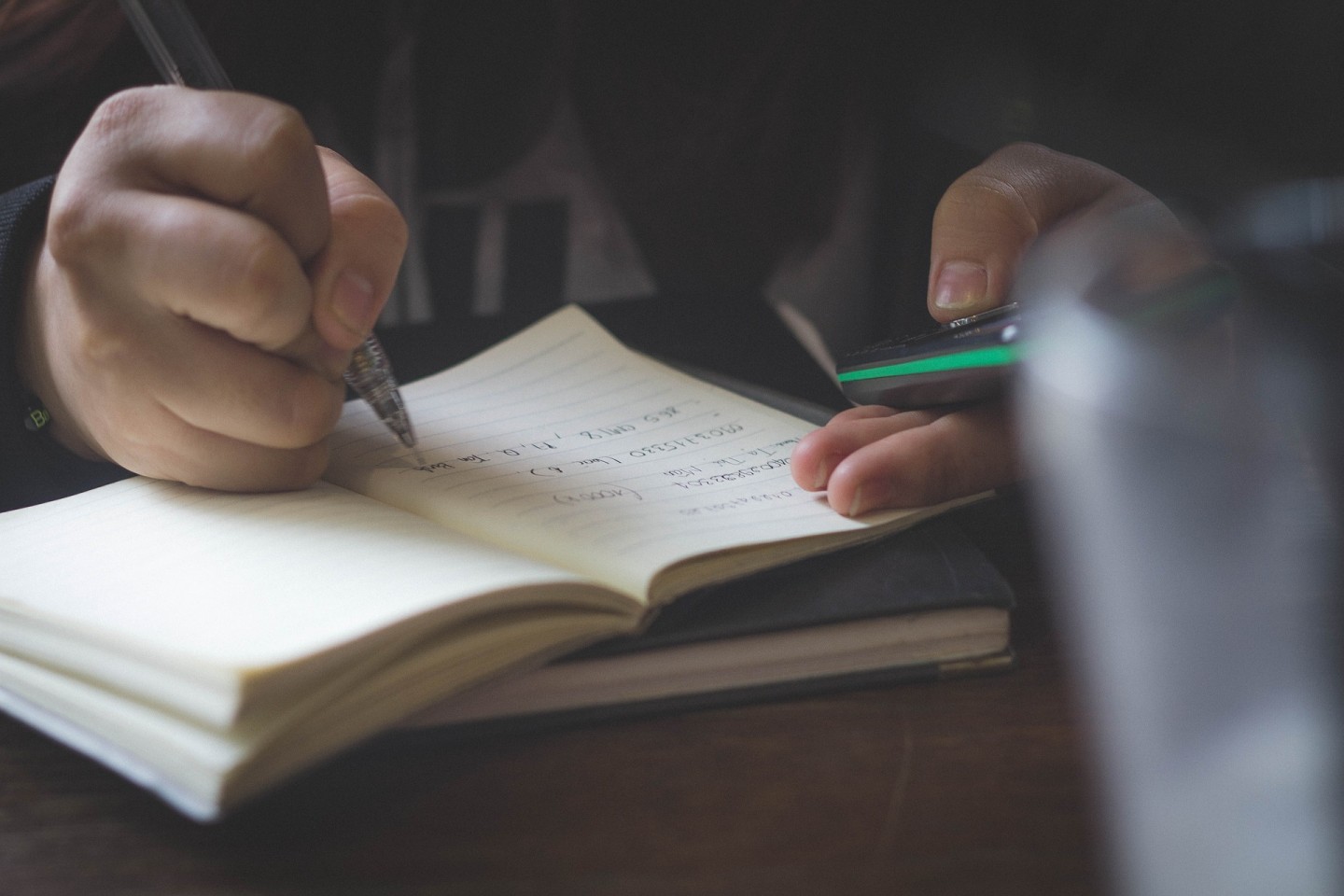Research shows that expressing gratitude (being thankful for people and situations) can improve your physical and mental health. So, keeping a gratitude journal can be a huge boost for your wellbeing.
Luckily, starting a gratitude journal is easy. We’ve got a few tips to get you going.
Understand how to journal your gratitude
Before you get writing, it can help to understand what gratitude is and how you can write about it.
Gratitude is the emotion you get when you’re thankful for someone or something. While you can experience gratitude without putting effort into it, you can also be intentional about it. This is where writing about your gratitude in a journal helps.
When you’re feeling down, you may find it difficult to think of something, but there’s always something you can be grateful for. It may be a good friend, the sunshine, or even just a good book that you’re reading.
Pick a journal
Next, choose how you’ll record your journal. This part is easy and fun! There are so many tools you can use to journal, whether it’s a cheap textbook or even on your phone using the Gratitude Journal app.
It doesn’t have to be a written journal. Lots of people journal visually, by drawing daily gratitude sketches or taking photos of things they’re grateful for.
Focus on the benefits
You may find it hard to get started on your journaling, particularly if you haven’t kept a journal before. Reminding yourself every day of the benefits of gratitude can give you the boost you need to keep going.
Consider writing some of these benefits out and putting them in your journal or on your wall as a reminder:
- Gratitude can increase long-term happiness by 10 per cent and decrease depression by more than 30 per cent
- Gratitude can improve physical health, so you experience less aches and pains
- Gratitude can improve your sleep, so you can sleep longer and better
- Gratitude can improve your relationships, including helping you develop new friendships.
Put time into your schedule
One of the key ways to ensure you stick to something is to make time for it in your daily routine. You may find it best to write in your gratitude journal first thing in the morning, on your lunch break at work or school, or just before bed at night.
No matter what time works for you, put it into your schedule as ‘gratitude time’. Try and write at the same time every day so you get into the habit of doing it.
Start small
We all go through tough times, and it can be difficult to find the positives when you’re feeling down. The great thing about keeping a gratitude journal is that it forces you to think about things you can be thankful for. These don’t even need to be big things!
Start by looking at what’s around you. Perhaps you can be grateful for the pen you’re holding, because it’s allowing you to record your thoughts. Maybe you can be grateful that you have electricity in your house, which allows you to see the page you’re writing on. You might be grateful for the warm, comfy bed you get to sleep in each night. Or it could be gratitude towards a good friend who texted you earlier in the day.
While we can sometimes think that these things aren’t big enough to be worth writing about, starting small still has great benefits. The more you list what you’re grateful for, the more you’ll start to notice the shift in your overall wellbeing.
Get specific
Try to be more detailed in your gratitude journal than just, ‘I’m grateful for my bed’. Be specific about why you’re grateful for it. For example, ‘I’m grateful for my bed, because it’s a safe and comfortable place that I can relax and rest in each night’. Or perhaps, ‘I’m grateful for my friend, because she said something nice about my hair earlier and it made me feel good about myself’. Knowing why you feel grateful can help you get even more out of your journal.
Keeping a gratitude journal is just one of the many wonderful ways you can influence your headspace and improve your mental wellbeing.


